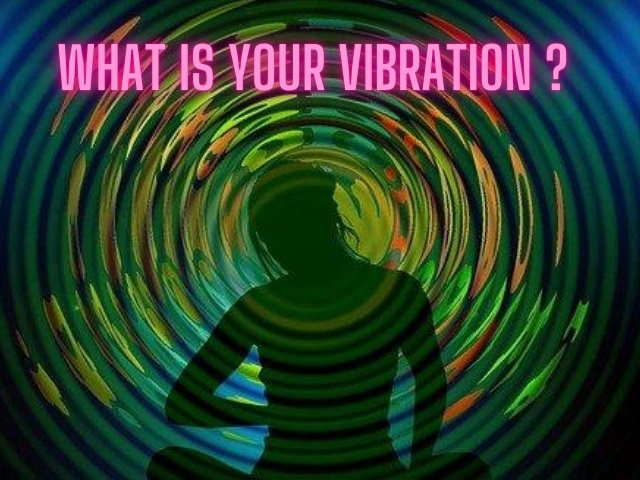Understanding Self-Hypnosis and Its Benefits
Self-hypnosis is a state of mind in which an individual can enter into a deep trance by focusing their attention and becoming more relaxed and suggestible. This technique can be used for a variety of purposes, such as increasing one’s motivation and confidence, reducing stress and anxiety, and achieving specific goals and outcomes.
What is Self-Hypnosis?
Self-hypnosis is a form of hypnotherapy that involves inducing a trance-like state through self-suggestion and visualization. This state allows individuals to communicate with their subconscious mind, which can be helpful in making positive changes and resolving underlying issues.
Self-hypnosis can be performed anywhere and at any time, and it does not require the assistance of a hypnotherapist. By following simple techniques and exercises, individuals can achieve a state of self-hypnosis and access their subconscious mind to make positive changes. How to get started with Self Hypnosis
How Does Self-Hypnosis Work?
Self-hypnosis works by communicating with the subconscious mind through the use of positive affirmations and visualization techniques. The subconscious mind is a powerful tool that can greatly influence our thoughts, emotions, and behaviors. By accessing this part of the mind through self-hypnosis, individuals can make positive changes and achieve their desired outcomes.

Benefits of Self-Hypnosis
Self-hypnosis has many benefits, including increased motivation and confidence, reduced stress and anxiety, improved sleep, and increased focus and concentration.
In addition, self-hypnosis can also help individuals overcome negative patterns of thought and behavior, such as quitting smoking, losing weight, and reducing stress. By accessing the subconscious mind and making positive changes, individuals can lead a happier, healthier, and more fulfilling life.How to get started with Self Hypnosis
How to Perform Self-Hypnosis
Performing self-hypnosis is simple and straightforward, and it can be done anywhere and at any time. The following steps outline a basic self-hypnosis technique:
- Find a quiet and relaxing place to sit or lie down.
- Close your eyes and take a few deep breaths.
- Focus your attention on a specific object or image, such as a candle flame or a peaceful scene.
- Repeat a positive affirmation or suggestion to yourself, such as “I am relaxed and calm.”
- Visualize yourself in a peaceful and relaxed state. Imagine yourself experiencing the desired outcome.
- Remain in this state for several minutes, or until you feel fully relaxed and at peace.
- Slowly open your eyes and return to your normal state of consciousness.
Conclusion
Self-hypnosis is a powerful tool that can help individuals make positive changes and achieve their desired outcomes. By accessing the subconscious mind and using visualization and positive affirmations, individuals can experience increased motivation, reduced stress and anxiety, and improved sleep, focus, and concentration. With practice and dedication, anyone can learn the technique of self-hypnosis and start experiencing its benefits. How to get started with Self Hypnosis









